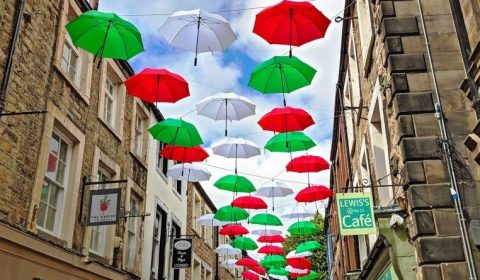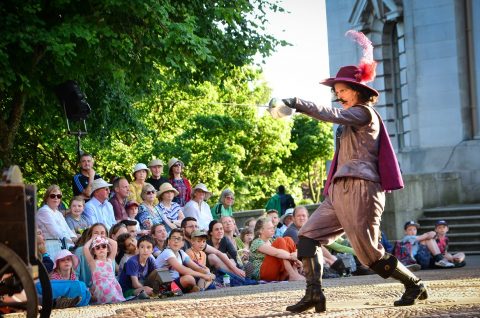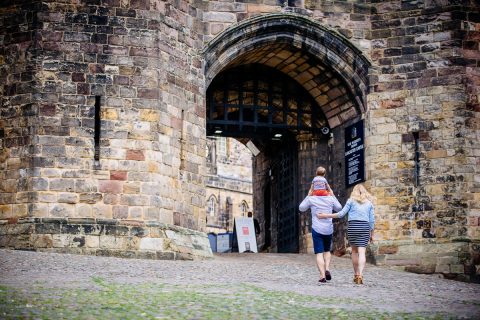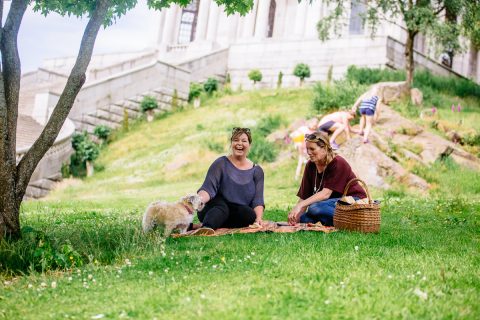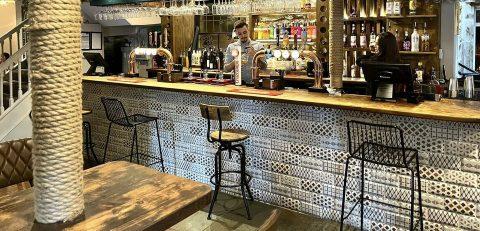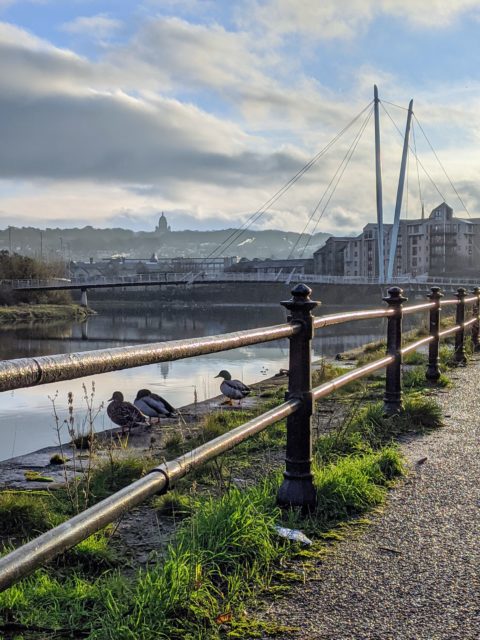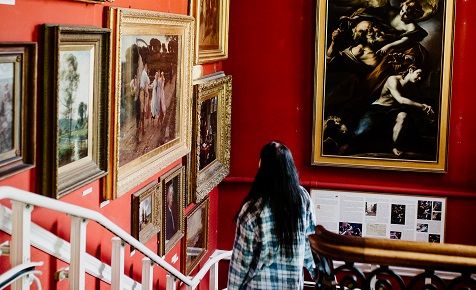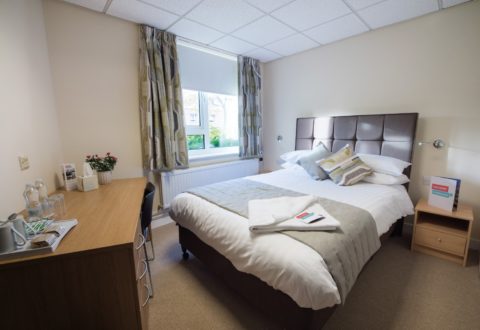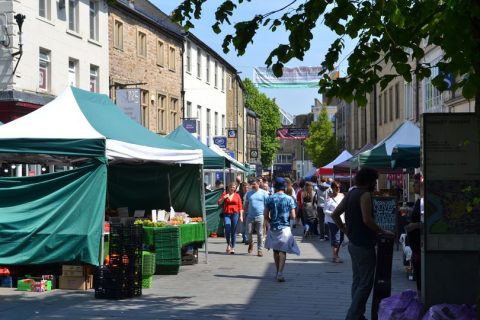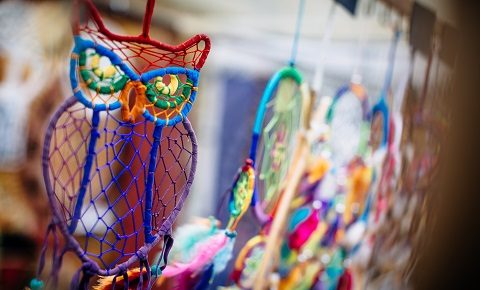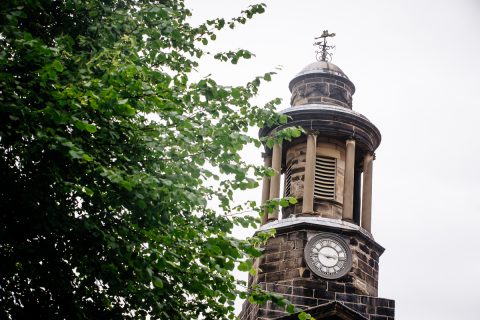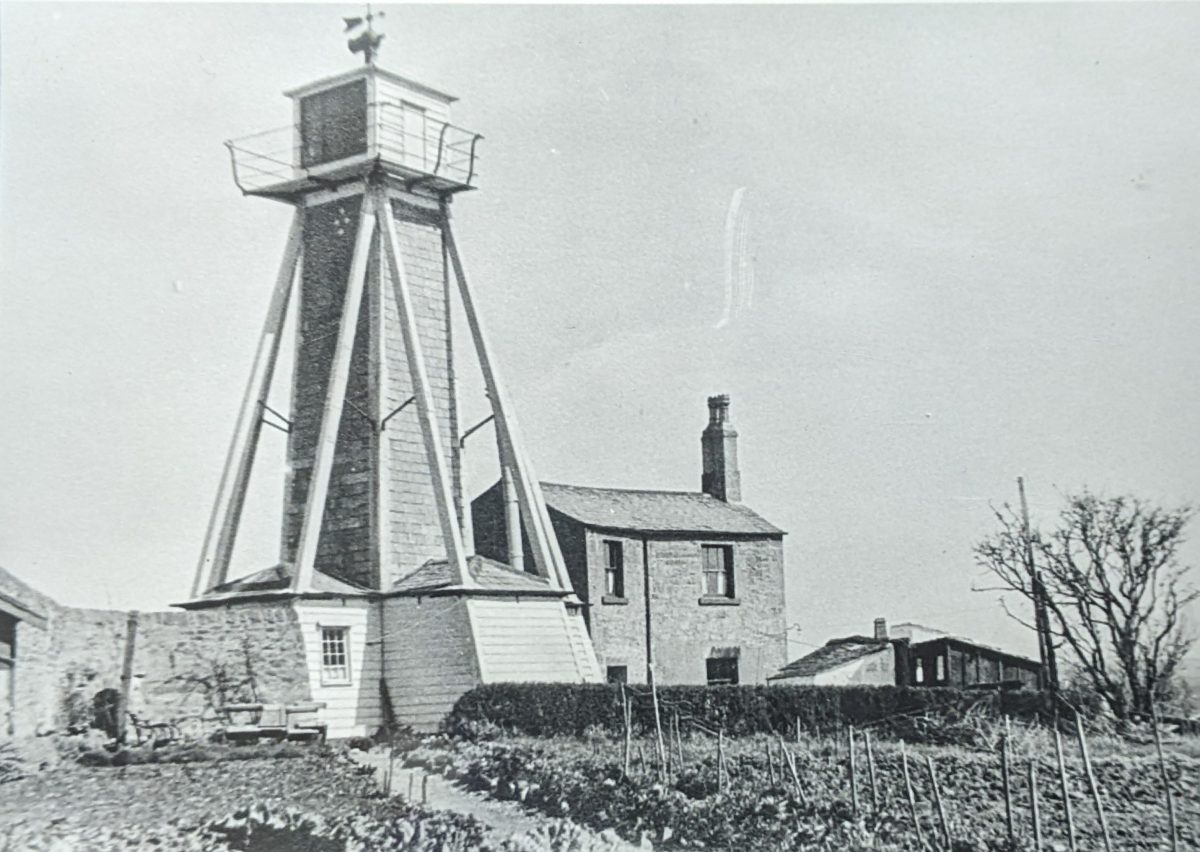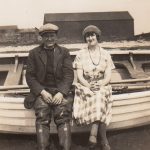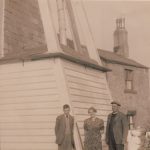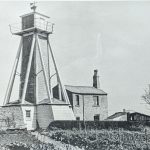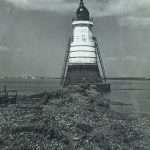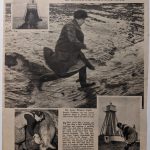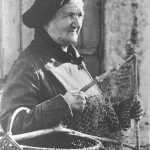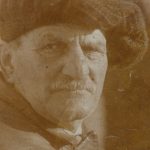The Lighthouse Keepers
‘Of all the unusual occupations of today, lighthouse keeping is one field you might legitimately expect to be reserved for men only.’
So says the Pathe News reader at the start of this short film from 1948.
‘But it isn’t’, he continues, and goes on to show us the work of Beatrice Parkinson, ‘a lighthouse keeper in her own right’ for the twin lights of Cockersands Abbey and Plover Scar at the Mouth of the River Lune.
With this appearance, and with articles in the national press, Beatrice Parkinson briefly shot to fame as ‘the only woman lighthouse keeper in Britain’. Hers was an inspiring story about perseverance in the face of unique hardships. Just what was needed amid the grim realities of post-war Britain. But was she really so unusual?
When the Parkinson family moved into the keeper’s cottage at Cockersands in 1945, it was Beatrice’s husband Thomas who’d been appointed as Keeper. But a recent oral history project gave their son Bob the chance to explain how his mother soon took over much of the work on the lights, allowing Thomas more time for his other occupation as a fisherman:
‘Me father used to sell all t’fish and he’d to knock off to do t’light’ouse so me mother said, “If I can do it – I‘ll go and see if I can get up that light,” and that’s when it started yer see, “If I can get up there,” she says, “I’ll do it for you so as you [can carry on.]”’
Bob goes on to add that from the age of eleven he too had been helping with the lighthouses, cleaning and refilling the lamps with paraffin before starting school and after he came home. In the middle of the day it was his mother’s job. In short, he makes it clear that far from being ‘reserved for men only’, lighthouse keeping was a family affair.
The Parkinson family was far from alone in this arrangement. It’s true that lists of lighthouse keepers everywhere are filled with male names, the job often passing from father to son through many generations of a single family. But there’s no doubt that in reality, most of these men would have shared the work not only with their sons but also with their wives, daughters and sisters. The work of these women went largely unrecorded and unrewarded, taken for granted as part and parcel of the official positions of their menfolk. Only occasionally did it come to light, as with Beatrice Parkinson or in the better-known case of Grace Darling – a lighthouse keeper’s daughter who became famous in 1838 for her part in the rescue of survivors from a shipwreck. The public interest in her life revealed that along with her mother and sisters, Grace was quite used to taking an active part in maintaining the lighthouse that was nominally kept by her father.

List of Lighthouse Keepers at Walney Island, 1790-1937, from the Walney Lighthouse visitors book in our collection. All these keepers are men, but it’s likely some would have shared the work with unnamed wives or daughters.
Most lighthouses in England and Wales are under the authority of Trinity House. By the end of the 1990s all of their lighthouses were automated, but until then then they were responsible for hiring full-time keepers. Over four centuries or so, the organisation never once appointed a woman as Principal Keeper of a lighthouse, although the contributions of the keepers’ wives were sometimes acknowledged with the title of Female Assistant Keeper.
Some areas of the country have their own Local Light Authorities, which seem to have been more flexible than Trinity House. In Chester, Mrs Cormes was appointed as keeper of the Point of Ayr lighthouse as early as 1791. Liverpool has had a number of female lighthouse keepers from 1797 onwards. Here in Morecambe Bay, the Local Light Authority is the Lancaster Port Commission. They own and maintain all the aids to navigation on the River Lune, including the lighthouses at the mouth of the river and on Walney Island. And while Beatrice Parkinson may not have been officially taken on as a lighthouse keeper by the Commission,* several other women were:
Before the Parkinsons took over in 1945, the pair of lights at the mouth of the Lune had been kept by Janet Raby, who was employed by the Lancaster Port Commission at a rate of £8 per month. She was assisted by her brother, Dick,* who lived in a separate cottage in Thurnham. They often shared the work by looking after one light each. Both of them also divided their time between working the lighthouses and fishing the Bay. They were the third and last generation of the Raby family to maintain the Lune lights – their grandfather Francis had been the first keeper, appointed in 1847 when the two lighthouses were constructed.
On the other side of the Bay, Fred Swarbrick became Assistant Keeper of Walney Lighthouse in the 1920s, and Principal Keeper in 1933. He had two daughters, Ella and Margaret (Peg), who both grew up around the lighthouse. By the 1940s Ella was employed by the Lancaster Port Commission as Assistant Keeper, working alongside first her father and then her husband Albert. Peg was paid a retainer to act as relief keeper during holidays or sickness, sometimes managing the lighthouse single-handed for weeks at a time. Besides the technical work of keeping the lights, Peg and Ella were responsible for maintaining the keepers’ cottages, the lighthouse tower and the surrounding area. The exposed position of the buildings made this a herculean task; between the 1940s and 1960s they had to repaint the outer walls of the entire lighthouse tower every other year.
Peg, now known by her married name of Braithwaite, took on the full-time job of Assistant Keeper after Ella’s death in 1967, and then became Principal Keeper in 1974 when Albert retired. A decade later she was awarded the British Empire Medal for her long and exceptional service. The Chairman of Lancaster Port Commission wrote her a glowing recommendation, including the fact that she ‘never expected or considered that she should have special treatment on account of being a woman. On the contrary, she felt herself to be a lighthouse keeper quite simply, and carried out her duties accordingly; although at times her courage was tested to the limit and never found wanting – one night she pushed the light round all night by hand when the mechanism failed.’
This interview from a few years before Peg’s retirement in 1994 attempts to draw out more tales of the extraordinary challenges of lighthouse keeping, but Peg is pragmatic about her work. Like generations of women before her, she takes it all in her stride, and that ‘legitimate’ expectation of the 1940s is shown once and for all to be anything but legitimate.
*Note – We haven’t found any evidence that either Beatrice Parkinson or Dick Raby were ever formally employed or paid a wage for assisting their relatives with the lighthouses, but we’re not certain of this. If you have any information please email us at lancastermaritimemuseum@lancaster.gov.uk.
References & Further Reading
Lancaster Port Commission has been of great help in providing access to their historical records. Their website has more information on their history and current activities: lancasterport.org
Recording Morecambe Bay has a huge collection of photos, oral history and and information on local lighthouses and their keepers: recordingmorecambebay.org.uk
Bidston Lighthouse has a blog post looking into the history of female lighthouse keepers in Britain: bidstonlighthouse.org.uk/female-lighthouse-keepers/#LLB
The Discover our Collection pages on this website include an article with more information on Walney Island Lighthouse and one of its mirrors: visitlancaster.org.uk/museums/explore/collection/discover-our-collection/lighthouse-mirror/

